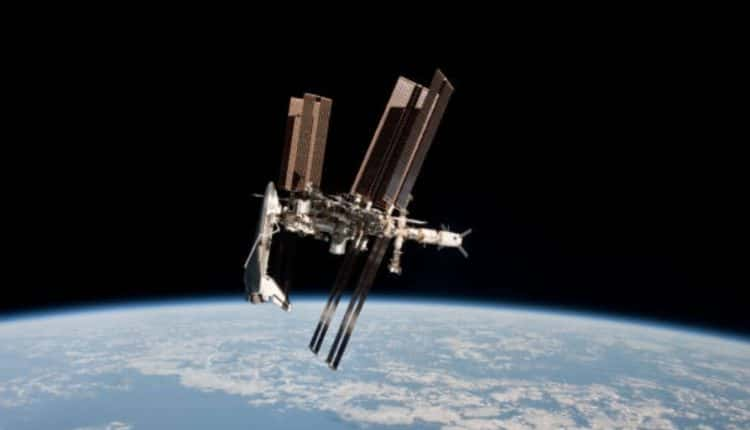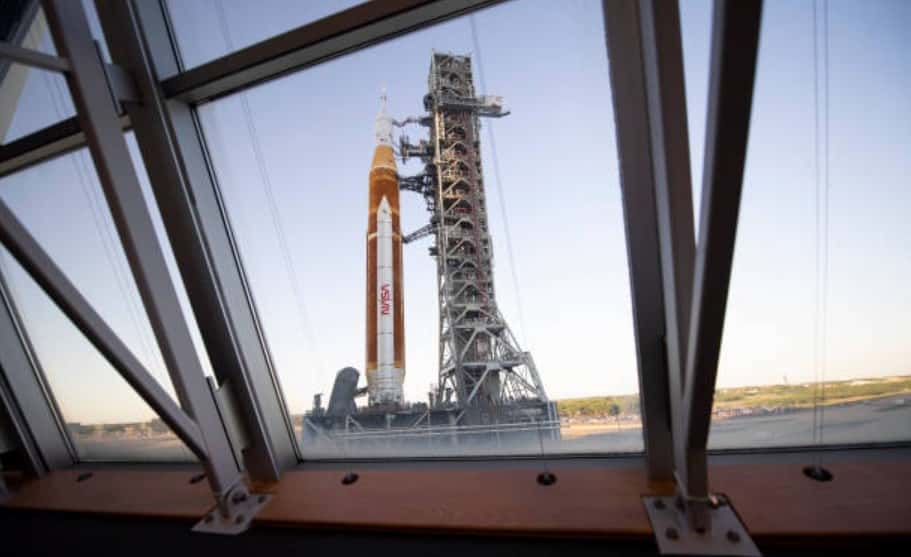
In a significant leap forward for space communication technology, NASA has successfully tested its Deep Space Optical Communications (DSOC) experiment beyond the Moon. This achievement marks the first time data has been relayed through a laser from a distance exceeding the lunar surface by over 40 times.
Traditionally, deep space communications have heavily relied on radio signals transmitted to and from Earth through vast antennas. While reliable, these radio signals have limitations in bandwidth, making it challenging to transmit large files, such as high-definition photos and videos, quickly and efficiently.
Milestone in Space Communication
NASA’s DSOC project aims to revolutionize space communication by utilizing optical communications through lasers. The potential improvement in data rates could be as high as 100 times, offering a promising solution to the challenges posed by traditional radio signals.
The initial test of this groundbreaking technology occurred aboard NASA’s Psyche mission, which departed Earth last month on a mission to study a distant asteroid.
Equipped with a laser transceiver capable of sending and receiving laser signals in near-infrared, the spacecraft achieved a significant milestone last week by successfully locking onto a NASA laser beacon in California.
“Achieving first light is one of many critical DSOC milestones in the coming months, paving the way toward higher-data-rate communications capable of sending scientific information, high-definition imagery, and streaming video in support of humanity’s next giant leap: sending humans to Mars,” stated Trudy Kortes, director of technology demonstrations for the Space Technology Mission Directorate at NASA Headquarters in Washington.
Read more: Government UFO Investigation Gains Credibility As NASA Backs Whistleblower’s Statements
NASA’s DSOC Innovation

Describing the precision required for the laser signal, NASA likened it to attempting to point a light at a coin from a mile away.
Complicating matters further, both the laser and its target are in constant motion. As the light travels from Psyche’s furthest distance to Earth, approximately 20 minutes away, both the spacecraft and the planet have significantly shifted.
The next steps for the DSOC team involve refining systems to ensure precise laser pointing. Once achieved, NASA plans to conduct an experiment to demonstrate the spacecraft’s ability to maintain high-bandwidth data transfer at varying distances from Earth.
This involves breaking down data into bits encoded in the photons of light sent by the spacecraft. Upon reaching Earth’s telescope, these encoded photons can be reassembled into images or other essential data, laying the foundation for advanced communication methods that could be utilized by spacecraft and potentially human missions in the future.
NASA’s successful test of laser communication technology opens exciting possibilities for the future of deep space exploration and interplanetary communication.
Read more: NASA Halts New Mexico Space Flight Operations Due To Anomaly Concerns

